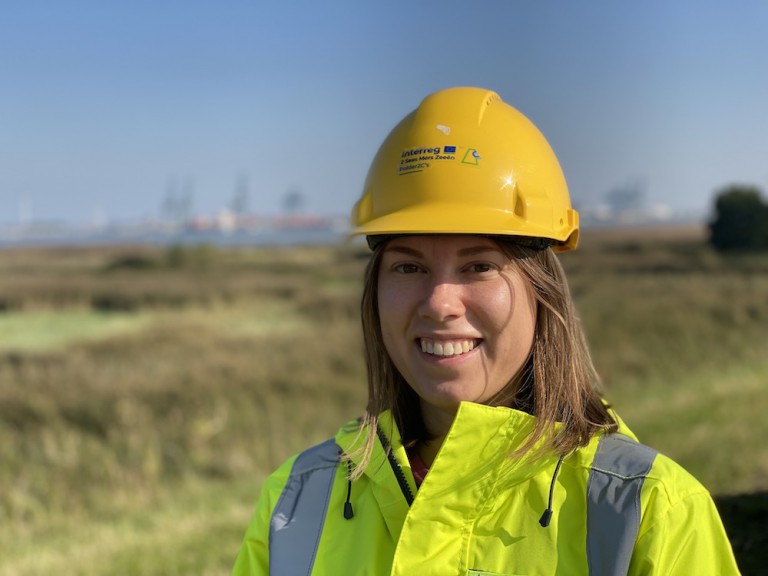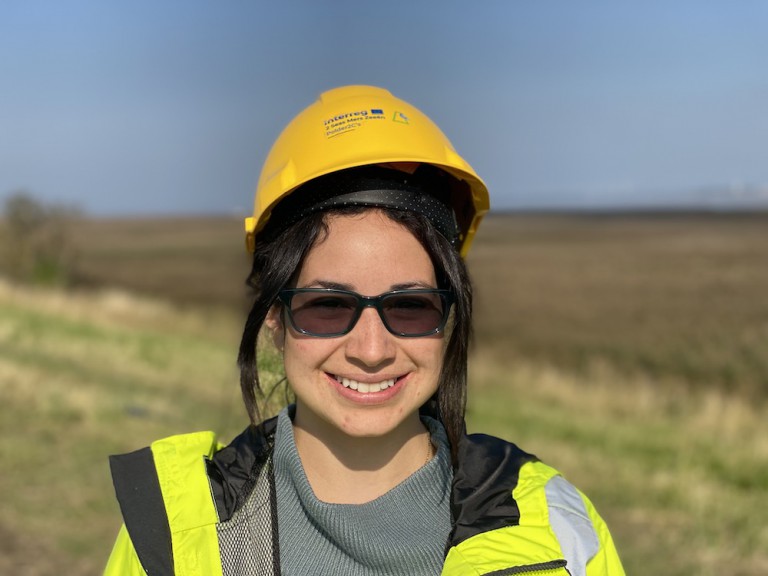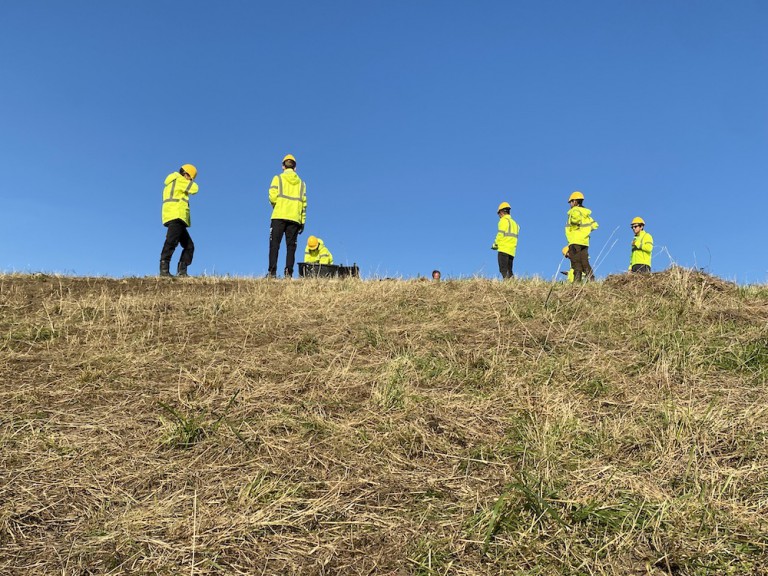Winter School Weekend wraps up Winter School 20-21
- 29 November 2021
- Francien Horrevorts
- Knowledge Infrastructure
In October Polder2C’s Winter School 2020-2021 officially closed off with the Winter School Weekend in the Living Lab Hedwige-Prosperpolder. Due to Covid-19 and the restrictions involved, the instructors and students had not had a chance any sooner to meet each other in person. This was the final part of the programme to wrap up this year’s edition.
The Winter School Weekend was organised and facilitated by the organising team and instructors of Vana Tsimopoulou, Robert Lanzafame, André Koelewijn, Wietse van de Lageweg, Wijnand Evers, Frank Jansen and Marian Booltink. An international crowd of participants from the Netherlands, Sweden, China, Italy and Costa Rica were present.
Winter School weekend 20-21
The Winter School weekend took place in the Living Lab Hedwige-Prosperpolder, on the Belgian-Dutch border. The students were offered a programme full of field work and practical exercises. On Saturday, the main topic of the programme was detection and measurement of animal burrows. The day started off with an introduction on animal burrowing by Flood Expert Wijnand Evers. He gave some background information on the animals that can be found nearby the levees and what their typical burrows look like.


"The best thing for me was to be part of this greater international network and the discussions that came from it. It really challenged my mind to learn about how different stakeholders work with flood protection and flood safety in the Netherlands, for example." Anna Adell from Sweden - PhD student, Lund University
“I would highly recommend the Winter School. I learned about a lot of different topics that I had not been taught in any previous courses. And the best part is to actually be on the levee, do fieldwork and get a real experience of what it is like. So join the next edition!” Marisol Irias Mata from Costa Rica - Msc student Hydraulic Engineering, Delft University of Technology
Detection and measurement of animal burrows
Then the students headed to the polder to try techniques for detection, mapping and dimensioning of animal burrows on the levee in the Living Lab. The students were shown how to use smoke bombs in order to see how the underground network of animal dens is connected. They also familiarised with the use of fast-drying concrete in this context. The holes are grouted, injected with fast-drying concrete, and excavated when the concrete has dried out. This technique results in exact concrete replicas of the corridors and chambers of the underground network and tells a lot about the geometry of the burrows.

Serious Game
The final part of Saturday’s programme was to play a Serious Game, Managing the Western Scheldt.This was originally developed by Houtekamer & Van Kleef in partnership with NIOZ as part of the Interreg North Sea EMOVE project. This game allows people to experience the complexity of estuarine management and learn about the social element and societal support that need to be taken into account as well. The participants had to take on the role of a specific stakeholder, such as an environment organisation or a local farmer. This gave a better understanding of each other’s perspectives and needs and the social processes involved in estuarine management.


“I would recommend the Winter School, especially being in the polder. It is a fun and great way to learn more about the subjects in practice and about how we can be protected from flooding.” Roberto Bentivoglio from Italy - PhD student, Delft University of Technology
“You should really join next year’s edition. I liked the homework that we needed to prepare. We discussed the dike monitoring strategies in different countries and we learned a lot from each other’s perspectives. I enjoyed that very much.” Pengxu Zou from China - PhD student, Delft University of Technology
Levee monitoring training
The final part of the programme was a monitoring training on the levee. The students learned about the organisation of levee inspection during an urgent high water situation. The students learned what obstacles can be expected, how they can prepare for them and what are the do’s and don’ts during an urgent situation.
Winter School 2021-2022
Although last year’s Winter School has just been finalised, preparations for this year’s edition are in full swing. Would you like to join the Winter School? Read more about this year’s edition and how to register.
